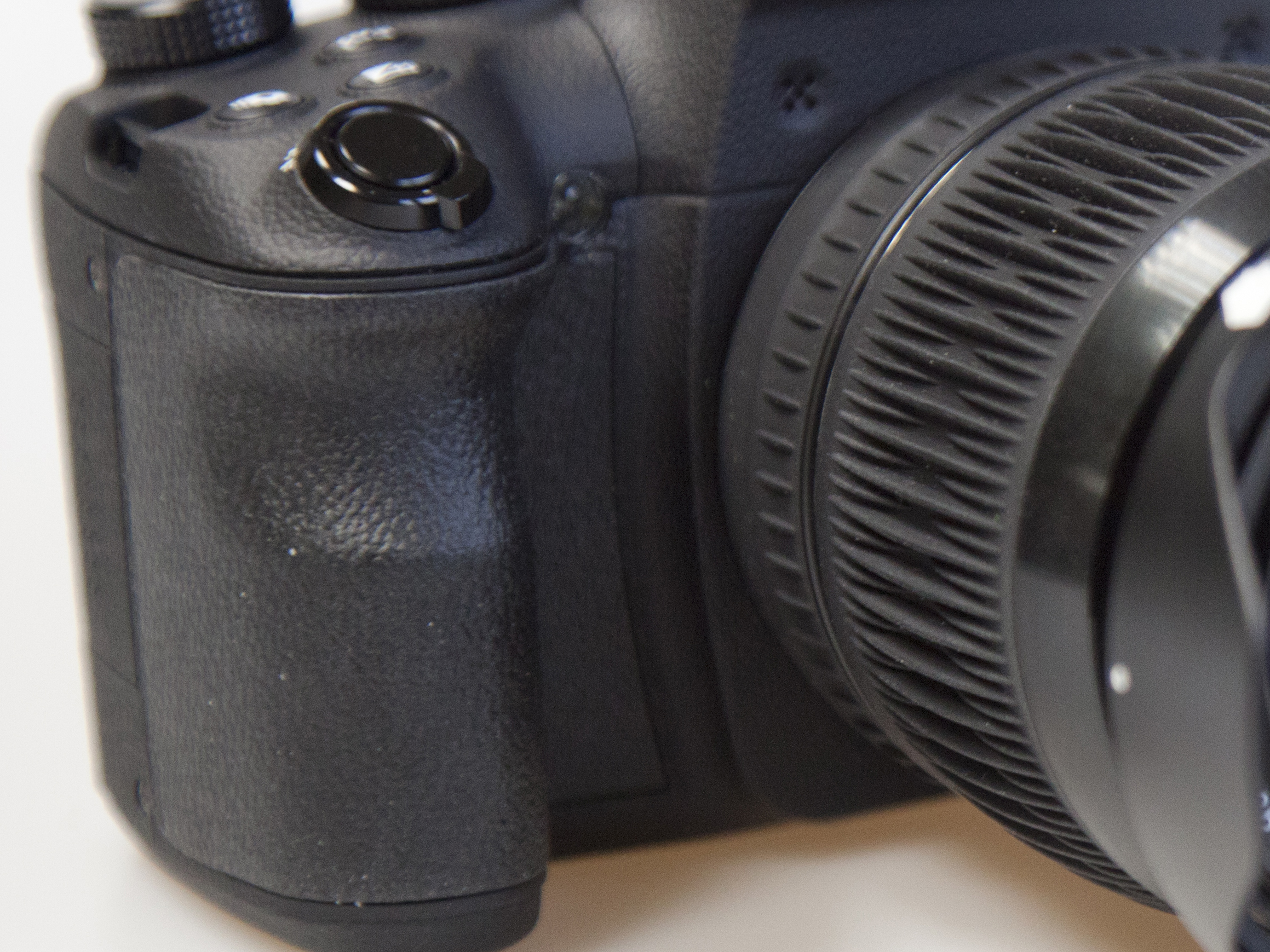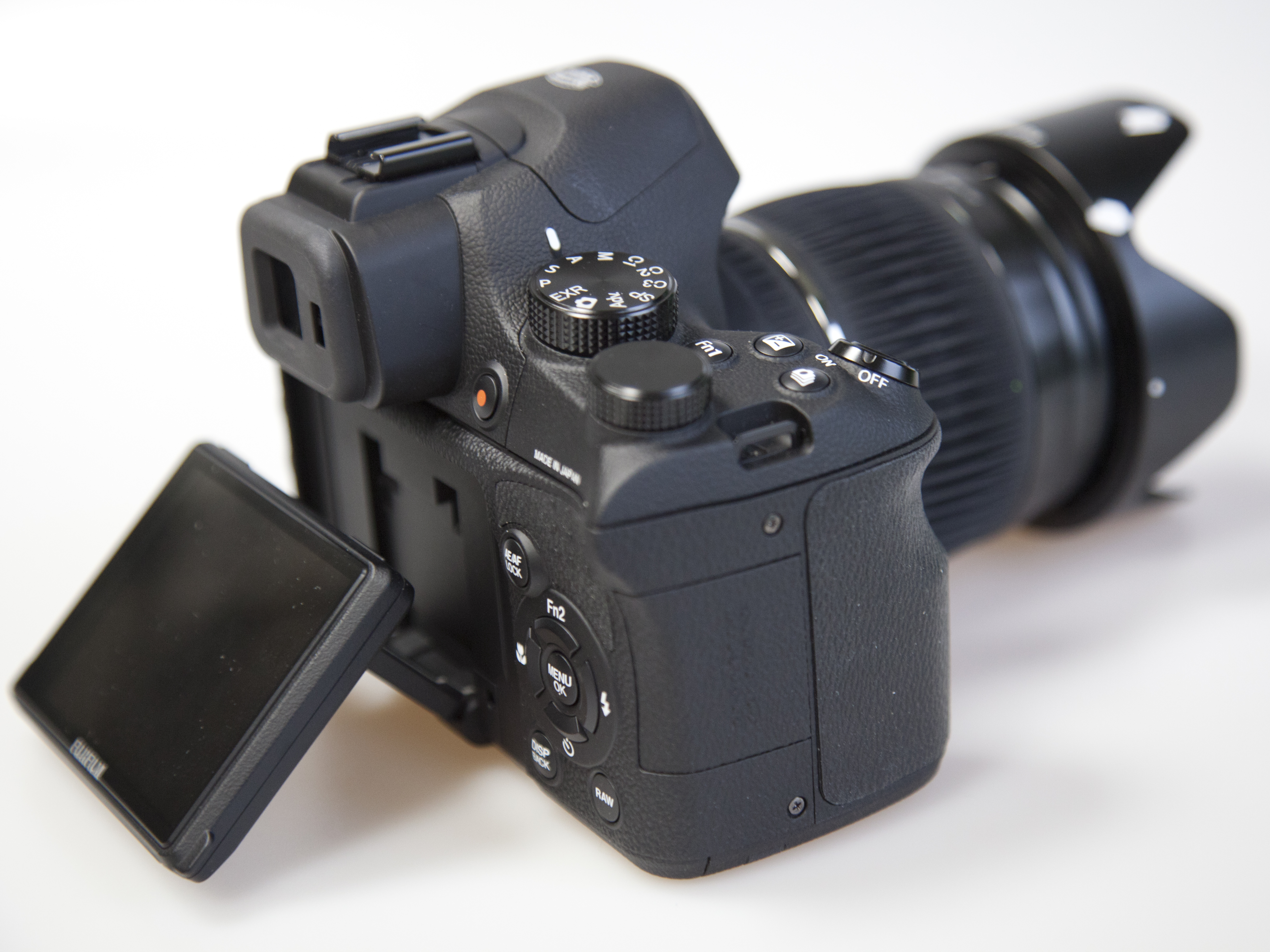Why you can trust TechRadar

Gripped in the palm, the Fuji X-S1 feels seriously substantial - a good deal more rugged than most entry and mid-range DSLRs, in fact. There's sufficient space between lens barrel and meaty grip to comfortably squeeze the three or four fingers of your right hand, while the left hand naturally grips the lens barrel to provide a steadier aim at longer telephoto settings.
This may not be the cheapest bridge camera, but the construction lets you know you're getting what you've paid for. To zoom in and out, you simply twist the lens barrel.
While the camera is big and bulky, the knock-on effect is that - usefully - so are the controls.
Chief among them is an 11-option mode dial offering the usual creative quarter of Program, Aperture Priority, Shutter Priority and Manual settings, three custom settings, scene modes, Advanced mode - which is where we find the 360-degree panorama option - plus Auto mode and EXR sensor mode. The latter again features an Auto EXR option, or the aforementioned three user-selectable settings.

These are full resolution HR (High Resolution) mode, 6MP high sensitivity low noise images in 'SN' (Signal to Noise) mode, or 6MP high dynamic range 'DR' option to avoid a detail-devoid bright background or dark foreground.
As with Fuji's other EXR suffix cameras, the X-S1 achieves the latter by automatically capturing and combining two separate shots.
For setting up photos and videos, the Fuji X-S1 offers both a comparatively large (roughly half inch) and bright 1.44million dot electronic viewfinder (EVF) with a time-saving eye sensor to activate it.
Sign up for breaking news, reviews, opinion, top tech deals, and more.
Switching from the EVF to the 3-inch LCD screen below requires the pressing of a dedicated button. The EVF might win favour over the larger, 460k-dot resolution LCD display, were it not for the fact that the latter is angle-adjustable.

The Fuji X-S1's LCD screen can usefully be tilted up or angled down, as on Sony NEX cameras such as the Sony NEX-5N, but sadly not swung outwards from the body through 180-degrees as the screen on, say, the Canon G1 X.
While making low or high angle composition easier, the Fuji X-S1's LCD isn't one for composing self-portraits. We did find it very useful, however, and it encourages greater experimentation - which is exactly what you want.

When not wrestling wild bears or leaping tall buildings in a single bound, Gavin Stoker can be found editing British Photographic Industry News, the UK's longest running and only photo trade title. He has over 25 years of camera testing and reviewing under his belt.
